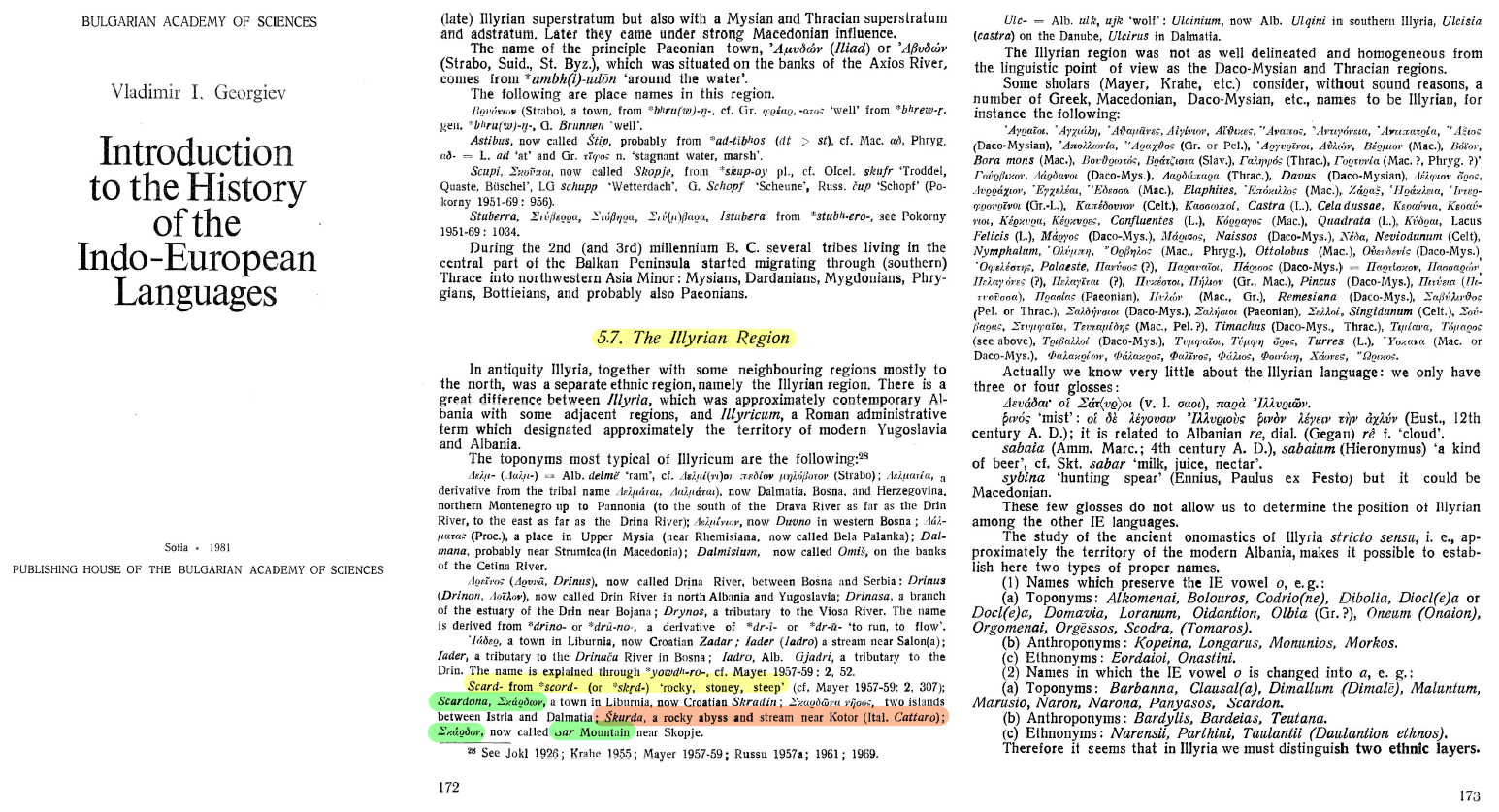Johane Derite
Regular Member
- Messages
- 1,850
- Reaction score
- 885
- Points
- 113
- Y-DNA haplogroup
- E-V13>Z5018>FGC33625
- mtDNA haplogroup
- U1a1a
So in this scenario, we can imagine 300-10,000 proto-Albanians surviving the barbarian migrations, and being moved southwest.
Then, once settled in a new area, maybe north-Albania first and then Mat regions, they begin demographic expansion.
I don't believe proto-Albanians were really assimilating large groups of non-proto-Albanians, as this is not traditionally the case (for example Kosovo Albanians had large demographic expansions, they were not assimilating non-Albanians), they could have just had lots of children. This is supported by Albanian y-dna.
Then, once settled in a new area, maybe north-Albania first and then Mat regions, they begin demographic expansion.
I don't believe proto-Albanians were really assimilating large groups of non-proto-Albanians, as this is not traditionally the case (for example Kosovo Albanians had large demographic expansions, they were not assimilating non-Albanians), they could have just had lots of children. This is supported by Albanian y-dna.











